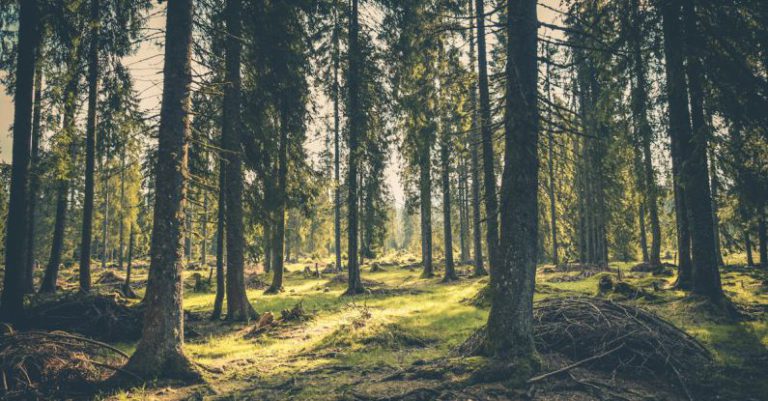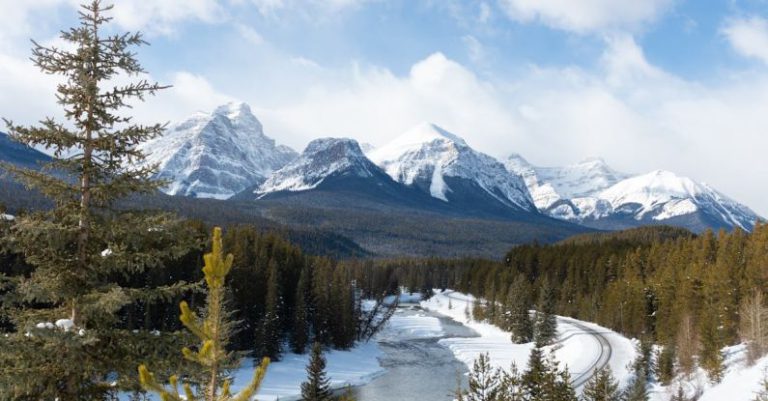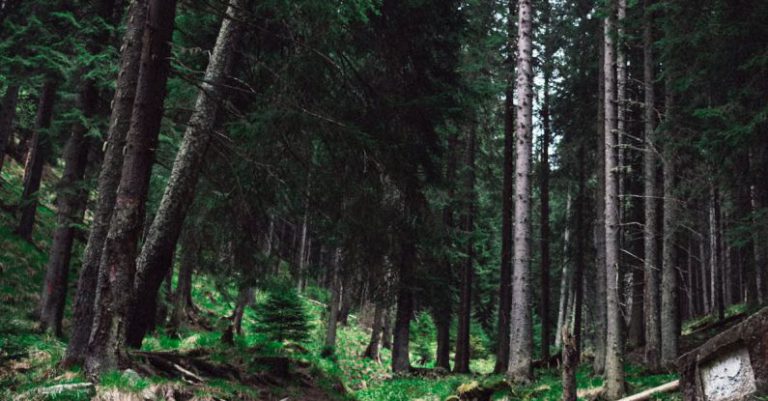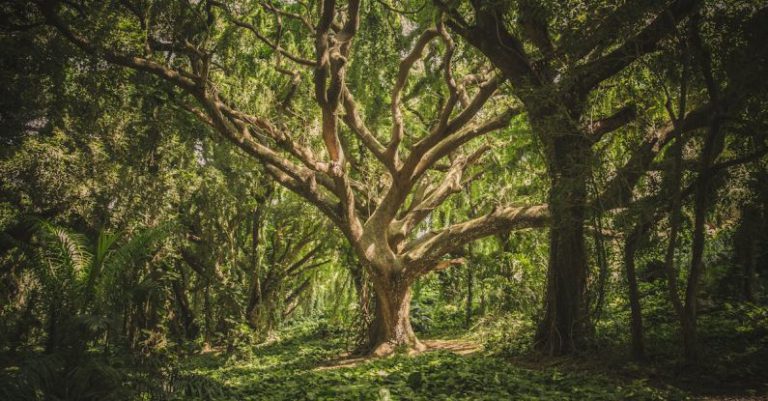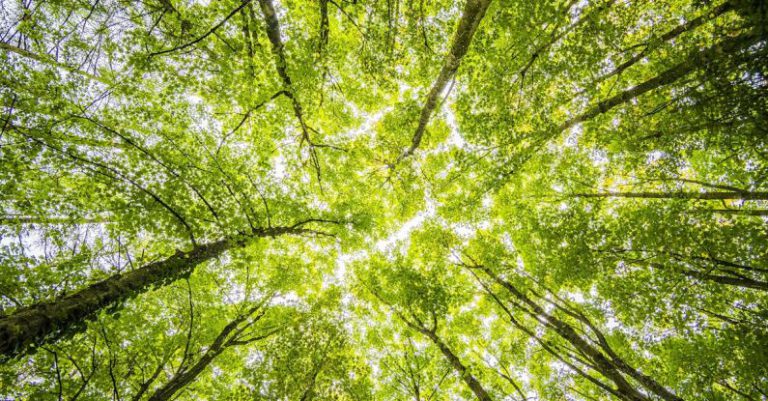
Forests are vital ecosystems that play a crucial role in maintaining the balance of our planet. They are not just a collection of trees but intricate systems where various living organisms interact with each other and the environment. Understanding how forest ecosystems function is key to appreciating their importance and ensuring their preservation for future generations.
Forest Structure and Composition
Forests are characterized by their diverse structure and composition, which vary depending on factors such as climate, soil type, and geographical location. A typical forest consists of different layers, including the canopy, understory, and forest floor. The canopy, made up of tall trees, forms the uppermost layer and provides shade and protection to the layers below. The understory consists of smaller trees and shrubs, while the forest floor is home to a variety of plants, fungi, and decomposers.
Biodiversity and Interdependence
One of the defining features of forest ecosystems is their high level of biodiversity. Forests are teeming with a wide range of plant and animal species that have evolved to coexist and depend on each other for survival. This interdependence is evident in relationships such as predation, competition, and mutualism. Predators help control the population of prey species, while competition for resources like sunlight and nutrients drives the evolution of different species. Mutualistic relationships, such as those between plants and pollinators, benefit both parties involved.
Carbon Sequestration and Climate Regulation
Forests play a crucial role in regulating the Earth’s climate by sequestering carbon dioxide from the atmosphere. Through the process of photosynthesis, trees absorb carbon dioxide and release oxygen, helping to reduce the concentration of greenhouse gases in the atmosphere. This carbon storage not only mitigates climate change but also helps maintain the balance of the carbon cycle. Deforestation and forest degradation contribute to increased carbon emissions, exacerbating global warming and its associated impacts.
Water Cycle and Erosion Control
Forests are essential for maintaining the water cycle and preventing soil erosion. Trees act as natural sponges, absorbing water from the soil and releasing it into the atmosphere through transpiration. This process helps regulate local and regional precipitation patterns, ensuring a constant supply of water to rivers, lakes, and aquifers. Additionally, the roots of trees help anchor the soil, reducing the risk of erosion caused by wind and water. Deforestation disrupts these processes, leading to reduced water availability, increased flooding, and soil degradation.
Habitat for Wildlife
Forests provide vital habitat for a wide range of plant and animal species, many of which are endemic to these ecosystems. The diverse structure of forests offers a variety of niches and microhabitats that support different species with unique ecological requirements. From the treetops to the forest floor, each layer provides food, shelter, and breeding grounds for a multitude of organisms. Deforestation and habitat destruction threaten the survival of countless species, leading to biodiversity loss and ecosystem collapse.
Sustainable Management and Conservation
To ensure the continued functioning of forest ecosystems, sustainable management practices and conservation efforts are essential. Sustainable forestry practices, such as selective logging and reforestation, can help maintain the health and productivity of forests while supporting local communities and economies. Protected areas and wildlife reserves play a crucial role in conserving biodiversity and preserving critical habitats. Public awareness and education are also key in promoting the value of forests and the need for their conservation.
Preserving the Future of Forest Ecosystems
As we face the challenges of climate change, biodiversity loss, and ecosystem degradation, the preservation of forest ecosystems has never been more critical. By understanding how forests function and appreciating their intricate dynamics, we can work towards ensuring their long-term sustainability and resilience. Through collective action and a shared commitment to conservation, we can protect and restore these invaluable ecosystems for the benefit of present and future generations.
